We’re driving through the dry bush on our way back to Sarara. The country here is rust and brown and dusty gray with the odd bit of green thrown in. And then all of a sudden there’s this gorgeous flowering tree with bright pink petals—a desert rose.
We stopped to get a closer look and to take photos. In a way, it reminded me of tropical plumeria with its five petals in a star shape and a whitish blush outward of the throat and bare branches.
Calvin says it’s related to oleander. And just like oleander, is extremely poisonous. In fact it’s what the Samburu and other tribes use to poison their arrows when they hunt.
He said what they do is chop up the stout, swollen trunks or thick branches, which have a texture similar to a ginger root, and squeeze the milky poisonous pulp into a pot which they then boil, being careful not to inhale the fumes which, he says, could stop your heart in a couple of minutes.
As the sap boils down, it becomes a thick, dark tar that is then scraped off the bottom of the pan and molded around the arrow tip and two or three inches of the shaft. They then wrap this part of the arrow in leather to preserve the poison which doesn’t last very long.
When they shoot something like an impala or Thomsons gazelle, they have to make sure to cut out the section of meat directly around the arrow so as not to poison themselves. The poison works like digitalis to slow and stop the heart, but supposedly even though it works its way through the animal’s bloodstream to stop the heart, it doesn’t poison the rest of the meat.
Interestingly enough, a well-known Kenyan marathon runner, Wesley Ngetich, was killed by an arrow poisoned with the sap of desert rose back in 2008 following some inter-tribal conflicts after the last presidential election. At about the same time, there was a surge in the number of poached elephants killed by poisoned arrows, particularly in Amboseli, near Kilimanjaro, where almost 50 elephants were either killed or wounded by poisoned spears and arrows. Such a shame. Something so ugly coming from such a beautiful plant.
I dream of rain
I dream of gardens in the desert sand
I wake in vain
I dream of love as time runs through my hand


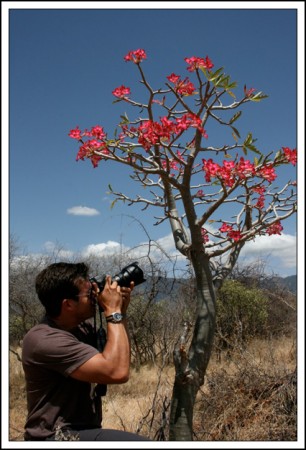
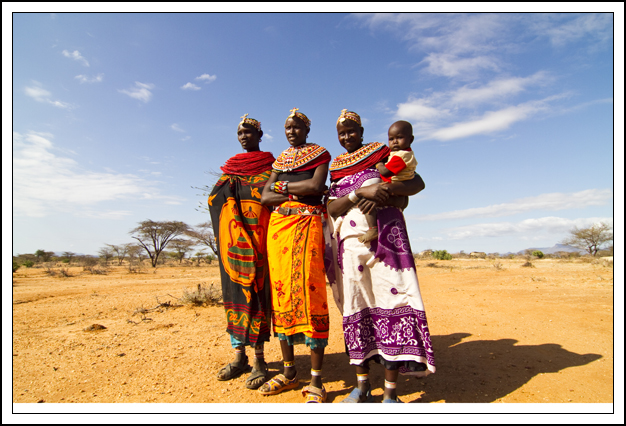
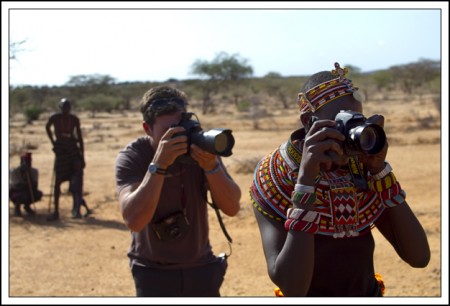


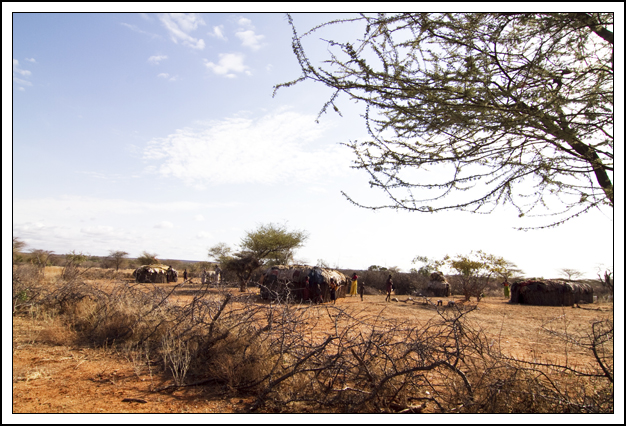
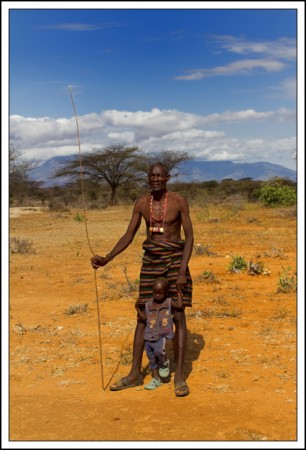
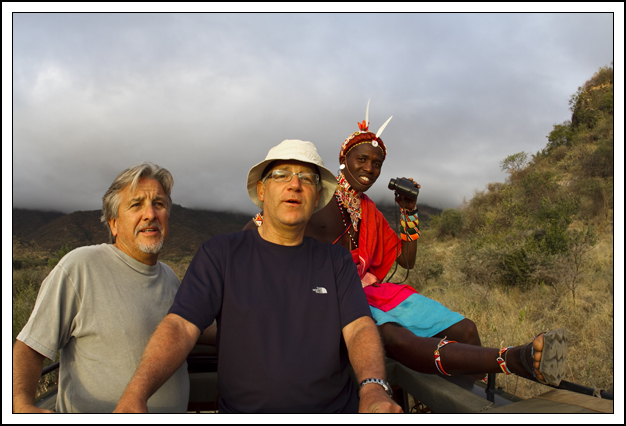
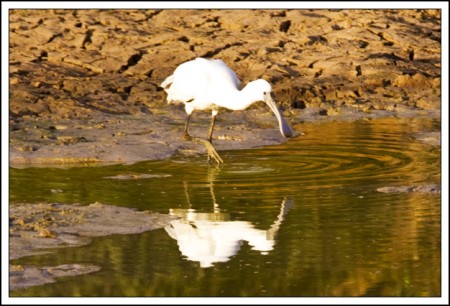
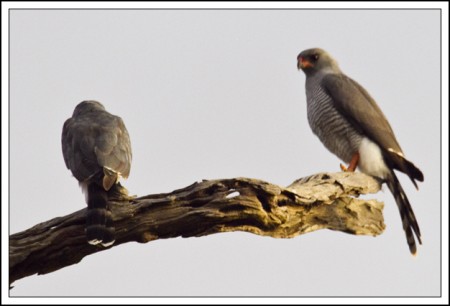
Recent Comments